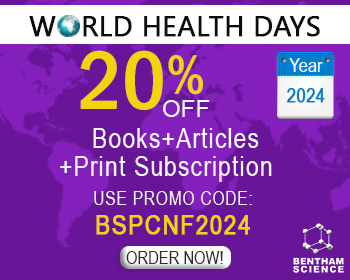Abstract
Pharmacokinetic studies have become an integral part of modern drug development, but these studies are not regulatory needs for herbal remedies. This paper updates our current knowledge on the disposition pathways and pharmacokinetic properties of commonly used herbal medicines in humans. To retrieve relevant data, the authors have searched through computer-based literatures by full text search in Medline (via Pubmed), ScienceDirect, Current Contents Connect (ISI), Cochrance Library, CINAHL (EBSCO), CrossRef Search and Embase (all from inception to May 2010). Many herbal compounds undergo Phase I and/or Phase II metabolism in vivo, with cytochrome P450s (CYPs) and uridine diphosphate glucuronosyltransferases (UGTs) playing a major role. Some herbal ingredients are substrates of Pglycoprotein (P-gp) which is highly expressed in the intestine, liver, brain and kidney. As such, the activities of these drug metabolizing enzymes and drug transporters are determining factors for the in vivo bioavailability, disposition and distribution of herbal remedies. There are increasing pharmacokinetic studies of herbal remedies, but these studies are mainly focused on a small number of herbal remedies including St Johns wort, milk thistle, sculcap, curcumin, echinacea, ginseng, ginkgo, and ginger. The pharmacokinetic data of a small number of purified herbal ingredients, including anthocyanins, berberine, catechins, curcumin, lutein and quercetin, are available. For the majority of herbal remedies used in folk medicines, data on their disposition and biological fate in humans are lacking or in paucity. For a herbal medicine, the pharmacological effect is achieved when the bioactive agents or the metabolites reach and sustain proper levels at their sites of action. Both the dose levels and fates of active components in the body govern their target-site concentrations after administration of an herbal remedy. In this regard, a safe and optimal use of herbal medicines requires a full understanding of their pharmacokinetic profiles. To optimize the use of herbal remedies, further clinical studies to explore their biological fate including the disposition pathways and kinetics in the human body are certainly needed.
Keywords: Herbal medicine, pharmacokinetics, metabolism, absorption, cytochrome P450, P-glycoprotein, St John's wort, toxicity, xenobiotics, flavincontaining monooxygenases, epoxide hydrolase, arboxylesterase, amidase, peroxidase, alcohol/aldehyde dehydrogenease, monoamine oxidase, a-nicotinamide adenine dinucleotide phosphate, NADPH, Uridine Diphosphate Glucuronosyltransferase (UGT)-Mediated Conjugation, Sulfotransferase, SULT, baicalein 6-O-sulfate, Echinacea angustifolia, caftaric acid, chlorogenic acid, cichoric acid, cynarin, echinacoside, Zingiber officinale, Ginkgo biloba, terpenoids, Milk thistle, Silybum marianum, Silybin, Tanshinone IIA, Berberine, Coptidis Rhizoma, Cortex Phellodendri, Catechins, Curcumin, Curcuma longa, Lycopene, Germander, Teuchrium chamaedrys

























